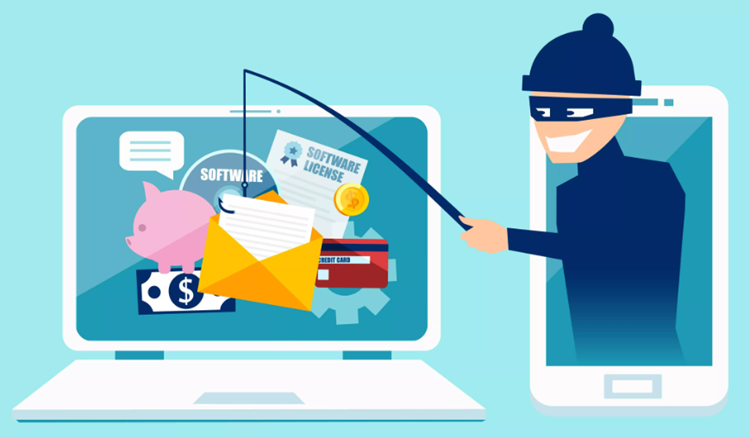Phishing attacks have become increasingly prevalent in today's digital landscape, posing significant threats to individuals, businesses, and organizations worldwide. In this comprehensive guide, we delve into the intricacies of phishing attacks, exploring what they are, how they work, and most importantly, how you can protect yourself and your business from falling victim to these malicious schemes.
What is Phishing?
Phishing is a form of cyber attack where attackers masquerade as legitimate entities to deceive individuals into providing sensitive information such as usernames, passwords, credit card numbers, or other personal data. These attacks often occur through email, social media, text messages, or fraudulent websites designed to mimic trusted sources.
Types of Phishing Attacks
1. Email Phishing
Email phishing is one of the most common forms of phishing attacks. Attackers send deceptive emails posing as legitimate organizations, enticing recipients to click on malicious links or download malicious attachments. These emails often employ urgency or fear tactics to manipulate users into taking action without careful consideration.
2. Spear Phishing
Spear phishing is a targeted form of phishing where attackers tailor their messages to specific individuals or organizations. By gathering personal information from sources such as social media or company websites, attackers can craft highly convincing emails that appear legitimate to their targets, increasing the likelihood of success.
3. Smishing
Smishing, or SMS phishing, involves the use of text messages to trick individuals into divulging sensitive information or downloading malware onto their devices. These messages often contain urgent requests or enticing offers, prompting recipients to respond hastily without verifying the sender's identity.
4. Vishing
Vishing, short for voice phishing, relies on phone calls to deceive individuals into revealing confidential information. Attackers may impersonate trusted entities such as banks or government agencies, using social engineering tactics to gain the victim's trust and extract sensitive data over the phone.
How Phishing Attacks Work
Phishing attacks typically follow a series of steps aimed at deceiving and exploiting unsuspecting victims:
1. Lure: Attackers lure victims through various channels such as email, text messages, or phone calls, using enticing offers, urgent alerts, or fear tactics to prompt immediate action.
2. Deception: Once lured, victims are deceived into believing that the communication is from a legitimate source, often by mimicking the branding, logos, or language of trusted organizations.
3. Information Gathering: Attackers may request sensitive information such as login credentials, financial details, or personal identification, under the guise of account verification or security checks.
4. Exploitation: With the acquired information, attackers can gain unauthorized access to accounts, steal sensitive data, commit financial fraud, or launch further attacks against the victim or their contacts.
Protecting Against Phishing Attacks
1. Education and Awareness
Educating yourself and your employees about the risks of phishing attacks is crucial for preventing successful breaches. Train individuals to recognize common phishing indicators such as suspicious URLs, spelling errors, or requests for sensitive information.
2. Use Multi-Factor Authentication
Implementing multi-factor authentication (MFA) adds an extra layer of security by requiring users to provide multiple forms of verification before accessing accounts or sensitive information. This helps mitigate the risk of unauthorized access even if credentials are compromised.
3. Verify the Source
Always verify the authenticity of emails, messages, or calls before responding or clicking on any links. Check for inconsistencies in sender addresses, grammar errors, or unusual requests that may indicate a phishing attempt.
4. Keep Software Updated
Regularly update your operating systems, applications, and security software to patch vulnerabilities and protect against known exploits used by attackers to infiltrate systems.
5. Implement Email Filtering
Utilize email filtering solutions to automatically detect and block suspicious messages before they reach users' inboxes. These filters can identify known phishing indicators and prevent malicious content from reaching unsuspecting recipients.
Conclusion
Phishing attacks continue to pose significant threats to individuals and organizations alike, exploiting human vulnerabilities to steal sensitive information and perpetrate fraud. By understanding the various types of phishing attacks, how they work, and implementing robust security measures, you can mitigate the risk of falling victim to these malicious schemes and safeguard your digital assets against potential threats.





0 comments:
Post a Comment